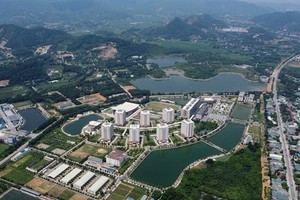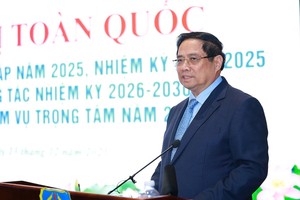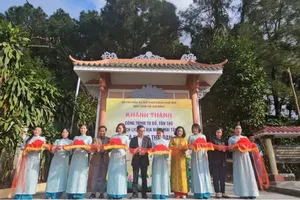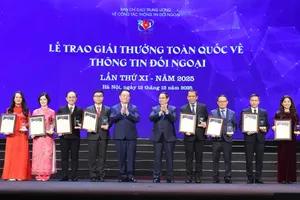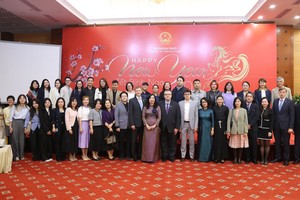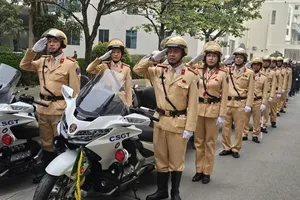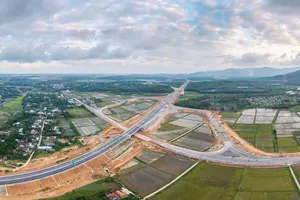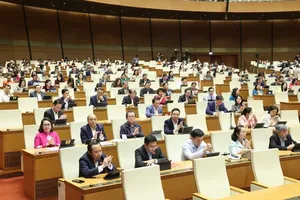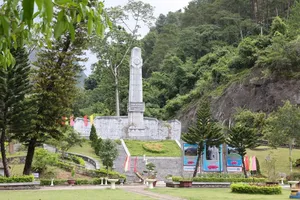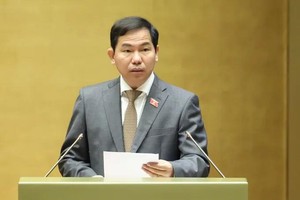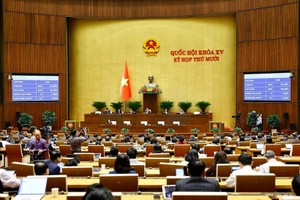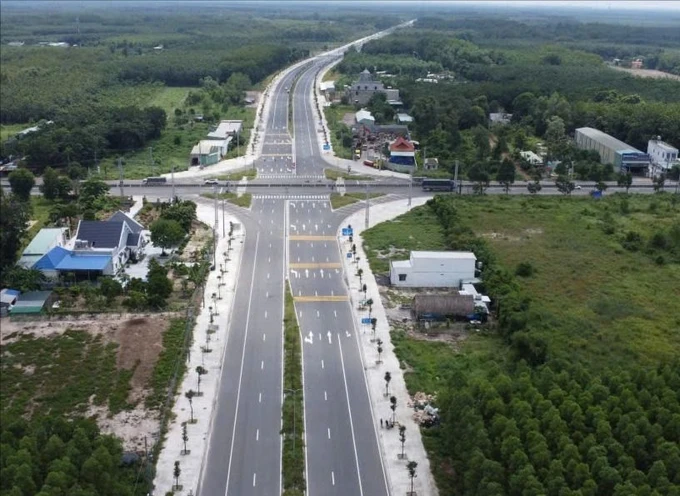
The master planning for Binh Duong Province in the 2021-2030 period with a vision to 2050, signed by Deputy Prime Minister Tran Hong Ha, is highly regarded by experts for its high level of integration, comprehensiveness, and coherence, which is expected to facilitate rapid and balanced development in the province and help it escape the middle-income trap.
The planning also outlines new urban spaces befitting a future centrally-governed city, notably defining clear linkages with HCMC via the ecological corridors along the Saigon and Dong Nai rivers, and dynamic service, science, and technology centers. This will enhance land value and attract investment in cultural, scientific, technological, and innovative industries.
Since 2015, Binh Duong Province has been striving to achieve its goals of becoming a tier-1 city by 2019. However, during the implementation process, the provincial leadership had to make adjustments due to insufficient administrative units at the district level (requiring 11 units, while the province only had 9) and population density criteria.
Therefore, in the 2021-2030 period, with a vision to 2050, many planning experts believe that expanding urban areas is one of the solutions to enhance Binh Duong's development quality, attract high-skilled labor, and even establish new administrative units.
Director Pham Trong Nhan of the Binh Duong Province Department of Planning and Investment stated that the plan sets ambitious goals for the province. Specifically, the average annual economic growth rate for the period of 2021-2030 is expected to reach around 10 percent, with a per capita GRDP of approximately $15,800 by 2030. Concurrently, the province must develop urban spaces in conjunction with HCMC, following a metropolitan area model with a synchronous and modern infrastructure framework.
Aware that it still faces various challenges when transforming into a municipality, Binh Duong Province has identified its 37 specific missions, divided into the groups of
- solutions for mobilizing investment capital; exploiting land resources; developing human resources;
- solutions for the environment, science, and technology;
- solutions for mechanisms, policies, and linkages;
- solutions for managing and controlling urban and rural development;
- solutions for organizing and supervising the implementation of the plan.
Before the approval of this critical master planning, the province has developed several related documents such as the sub-area plans, urban plans, and park plans so that the locality can own a modern and prosperous urban area. Simultaneously, it is trying to adjust ‘suspended’ plans to better suit the current context and avoid resource waste while bringing more convenience to local residents.
The Binh Duong Province Department of Planning and Investment said that the provincial master planning for the period 2021-2030, with a vision to 2050, is highly integrated and synchronized. Along with the amendments to the Planning Law that will be implemented in the future, this master planning will help the province fundamentally and thoroughly resolve the existing problems of suspended plans.
In fact, in recent times, Binh Duong Province has applied the newly approved planning to resolve some difficulties in implementing plans and projects. For example, there was a project in the former new urban area of Thu Dau Mot City, which was under the authority of the Prime Minister. Now, according to the regulations on decentralization as well as the existing general planning, the suitable project will be implemented naturally, reducing administrative procedures.
